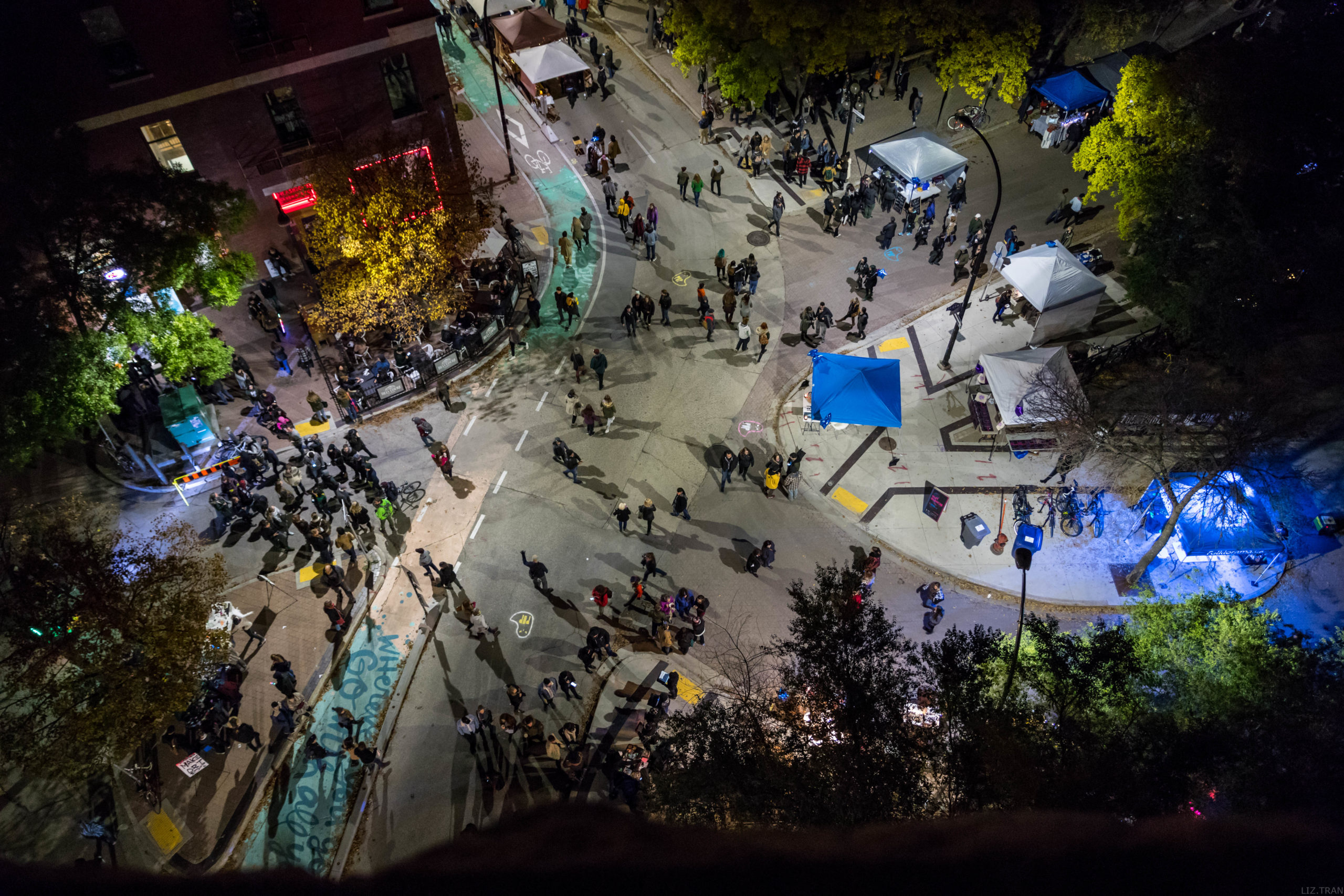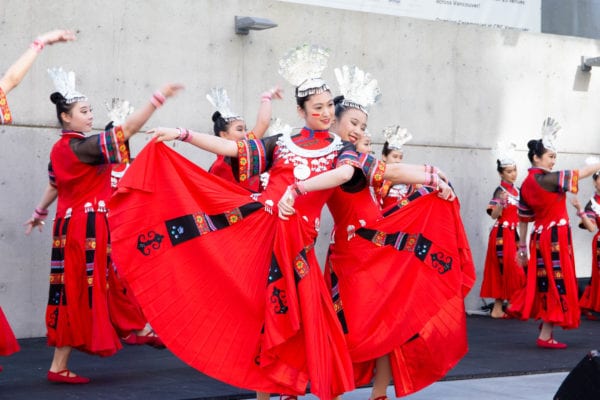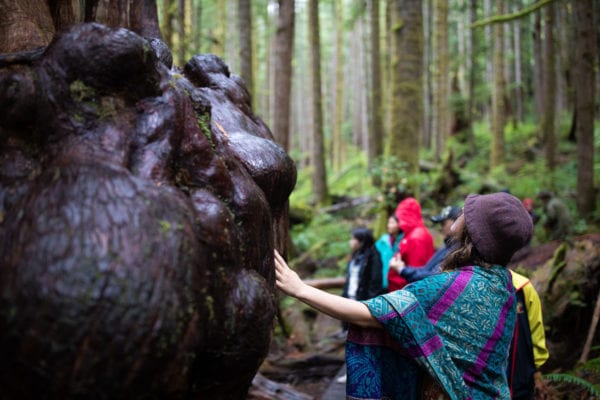
Culture Days offers a coast to coast cultural experience
By Louise Nunn
We’ve entered a new phase in the country’s COVID recovery program, and after months of being cooped up, you may be hungry for a little arts and entertainment. So, if you’re open to anything from driveway steamrollers that paint to pedestrians conducting the Toronto Symphony Orchestra, look no further than Canada’s annual Culture Days festival.

From September 25th through October 25th, Canada’s largest arts and culture event will take place on screens and in person from coast to coast. As always, the many colourful and completely free events that make up Culture Days are put on for one simple reason: to get every Canadian engaging with their creative side. All you have to do is show up – literally or virtually, depending on your comfort level.
Executive Director, Aubrey Reeves explains. “Not everyone wants to be an artist, but everyone is creative and can benefit by making creativity a part of their lives.” Every year, Culture Days looks for bigger and better ways to enlist the public, artist or not, to be a part of the festival taking place in their region. This year’s event will look different in many ways but celebrating art in the midst of the pandemic is as important as ever.
Culture Days began in 2010 as an initiative of the Canadian Arts Summit. Inspired by Les Journées de la Culture, a province-wide event in Quebec, an Ontario-based team ran a pilot event to see how non-Quebecers would receive the celebration. Says Reeves, “there wasn’t anything like it. It was a very different initiative to get off the ground.”

Culture Days met with huge success and the festival has grown. In Ontario alone, the number of activities jumped from 900 during the first event to 1700 a year ago. Today, it sponsors activities in every province and territory, save Quebec, running in tandem with Les Journées de la Culture.
The key to Culture Days is found in the variety. No two instalments are the same. “It is very adaptive,” Reeves explains, “We find that a lot of rural communities highlight agricultural-based activities, and other [communities] are more nature and outdoors oriented.” This year’s theme is Unexpected Intersections. Reeves says that the theme will build off of last year’s Creativity & Well-Being, where there were interactions between art and the health sector. “We were trying to get people thinking in new ways about collaboration”.

This year, the Royal Conservatory of Music will work with three different groups to mount three distinct concerts. For the first, they will team up with the Ladom Ensemble, the second with musician Fern Lindzon, and for the finale, they will collaborate with The Phil and Eli Taylor Performance Academy for Young Artists.
In the digital sphere, people will be able to tune in to a new podcast series out of Durham, Ontario, called Big Theatre/Small Towns. “It’s very local specific, but quite appealing to anyone in a smaller town trying to do performance art,” says Reeves.
Focusing on the impacts of COVID-19, one event that explores the intersection of storytelling, travel and the pandemic is Postcard Stories. Here, the Burlington Performing Arts Centre is encouraging children and adults alike to write a 100-word story to a loved one on the back of a postcard. The intent is to bring us together through shared memories.

In Pacific-Canada, locals to the Vancouver area can sign up for a two-day plant foraging workshop, where participants will collect plants on the first day and learn to extract ink from them on the second, which can be used for anything from watercolour to printmaking. Reeves explains that the workshop will offer “an innovative connection between nature and art. At the same time, it will take people outside, exploring their space.”
Reeves says that this year’s theme had been picked before COVID-19, but that the team decided to stick with it despite its now unintended significance. “We thought that it was relevant and that we might be surprised by the new ways people are thinking of how to put their work out there.” Usually festival-goers would only participate in their local Culture Days event, but the move to a digital environment has opened up unexpected ways for people to connect cross-country. Culture Days will have more digital programming than ever before while still incorporating in-person activities in accordance with province rules. Reeves anticipates that due to increased online content, Canadians will be able to embrace the festival on a truly national level, in ways previously unavailable, and that this might be just the thing that Canada and the arts need right now.

“We see that people are turning to the arts for solace, for connection, for distraction, and entertainment. This year, I hope that even when we can’t be together in large groups as audiences, that [visitors to Culture Days] will find the arts bring us together and that we can share in a collective experience of being creative, learning from each other and connecting.”
For all the Culture Days programming, visit culturedays.ca

